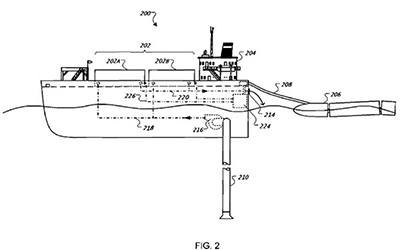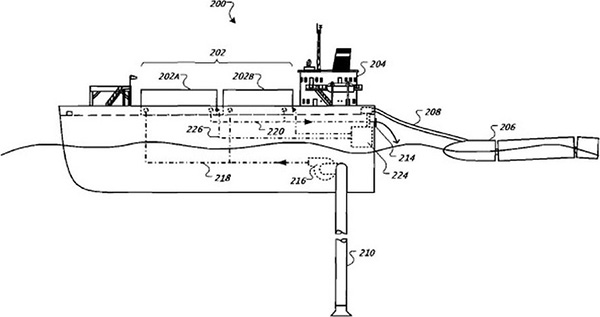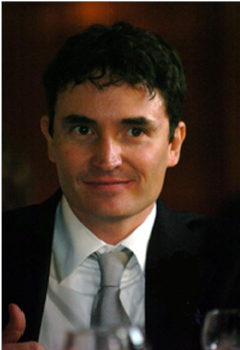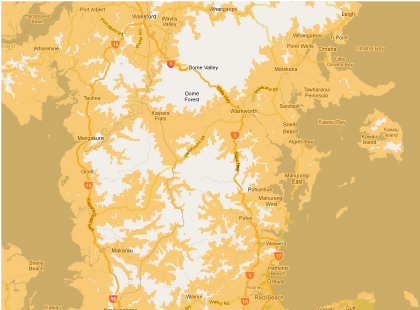Sea-level rise powered by Google


Safer at Sea: Safe from sea-level rise and tsunami, Google’s patented wave-powered, water-cooled data centre could deploy off many a coastal city.
A trillion Google searches gobbles a prodigious amount of energy.
But before eschewing online searches, climbing into the car and driving to the library, a little perspective: At 0.2 grams per search, one trillion searches per year has a similar carbon dioxide footprint as 30 000 New Zealanders—or 800 000 blameless Kiribatians.
Google, nevertheless, is sufficiently exercised by the energy demands of its data centres to be strategically siting them adjacent renewable energy sources. It has even patented an offshore, wave-powered, and of course water-cooled, data centre—offshore is certainly safer from tsunami damage than installations at sea level, as graphically demonstrated at Fukushima. If the conglomerate was only concerned about green energy, it would be easy to assume that this was more of the greenwash of which governments and corporations worldwide have made an art form. But its concern runs much deeper.

Google Fellow: Dr Paul Higgins, climate policy and communications expert, is about to acquire even more potent skills courtesy of a Google science communication fellowship.
The deeply ironical situation that the globally dominant online search service finds itself in is that too many of its users fail to comprehend anthropogenic global warming, despite the powerful research tool it has placed in the hands of anyone with internet access. Half, it seems, in the Beat poetry of Tim Minchin,
…would rather just stand in the fog
Of [their] inability to Google
In February, Google announced 21 inaugural science communication fellowships.
In an effort to foster a more open, transparent and accessible scientific dialogue, we’ve started a new effort aimed at inspiring pioneering use of technology, new media and computational thinking in the communication of science to diverse audiences.
Initially, we’ll focus on communicating the science on climate change.
The fellows were elected
from a pool of applicants of early to mid-career PhD scientists nominated by leaders in climate change research and science-based institutions across the US.
Google fellow Dr Paul Higgins, an associate policy director for the American Meteorological Society put the problem succinctly:
We are seeing very clearly with climate change that our policy choices are currently not grounded in knowledge and understanding.
Progressing climate action policy is a chicken and egg situation. Without a well-informed populace, politicians lack voter support for bold climate action. And as long as politicians act as though there is no crisis unfolding, a stymieing percentage of voters assume there is none.

Colour Me Muddy: While useful, existing Google Map applets are limited in functionality and resolution. Otherwise a less dismally muddy colour might have been chosen for the sea here, at 80 metres above its current level. map heywhatsthat.com and Google Maps
So while the world awaits another Winston Churchill, Google is helping in an area it knows a great deal about: Internet communication.
There is, of course, an extremely graphic tool with which the impact of global warming can be communicated. Google Earth is a magnificent example of that rarest of things, a killer application. By 2008 it had been downloaded more than 350 million times—continuing the theme of irony, up-to-date usage data is as determinedly elusive as are accurate figures for Google searches per year.
A number of resourceful individuals have used their skills to add limited sea-level rise functionality to Google Maps. But a Sea Level button added alongside the Earth/Sky/Mars/Moon control would provide, at a click, a potential 2 billion Google Earth users with the power to simulate sea-level rise.
Maybe one of the 21 science communication fellows will think of it.
